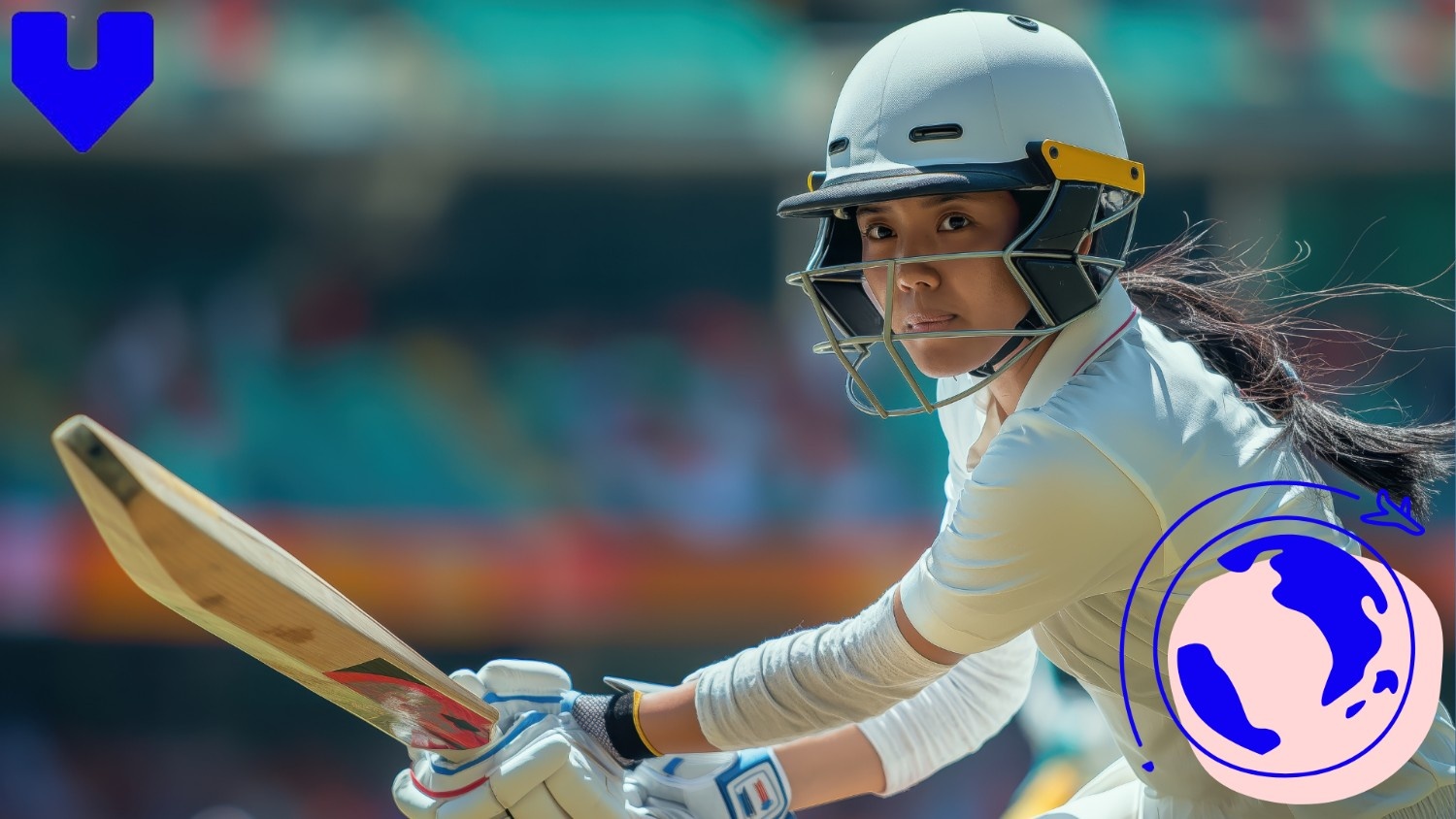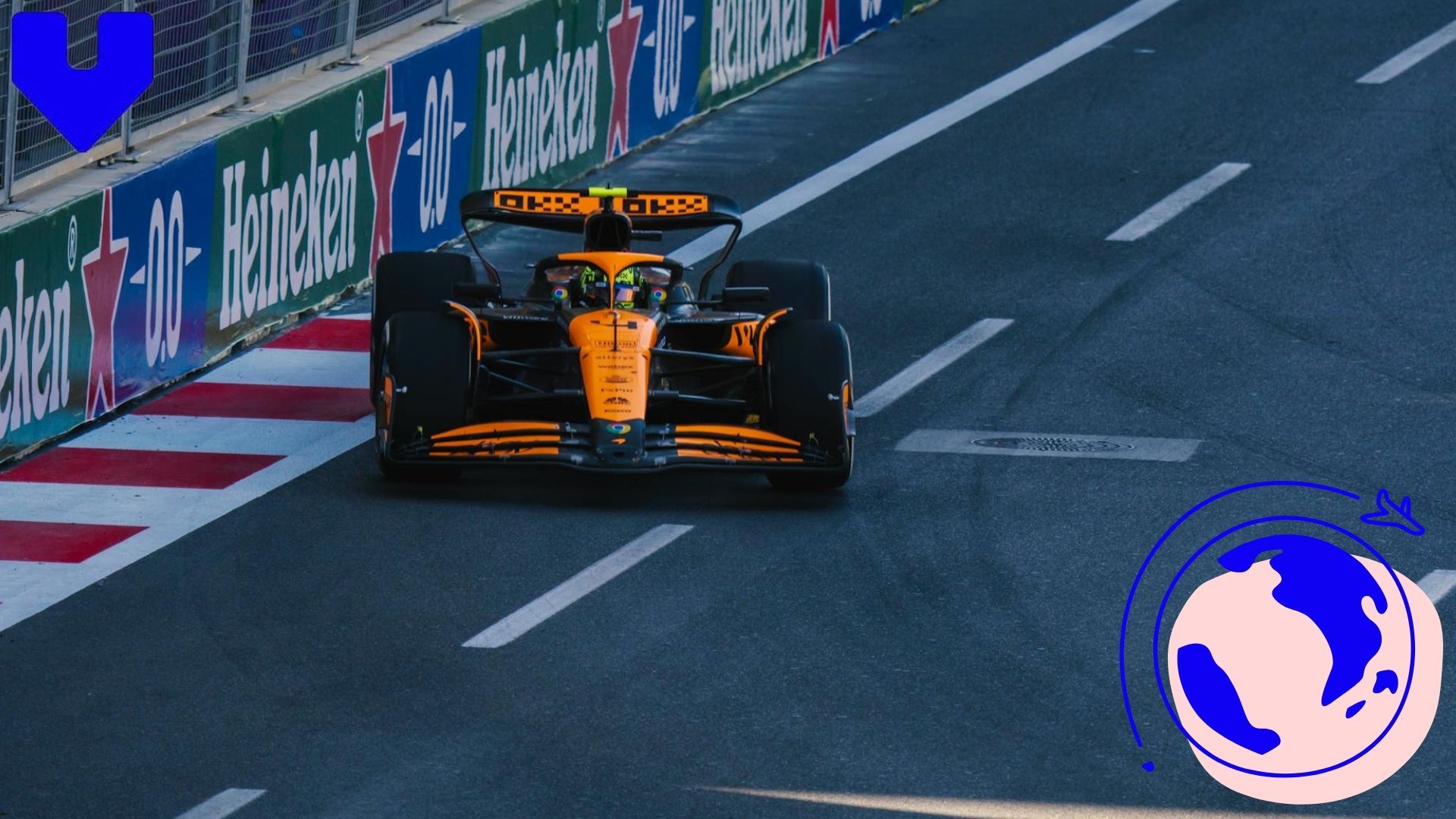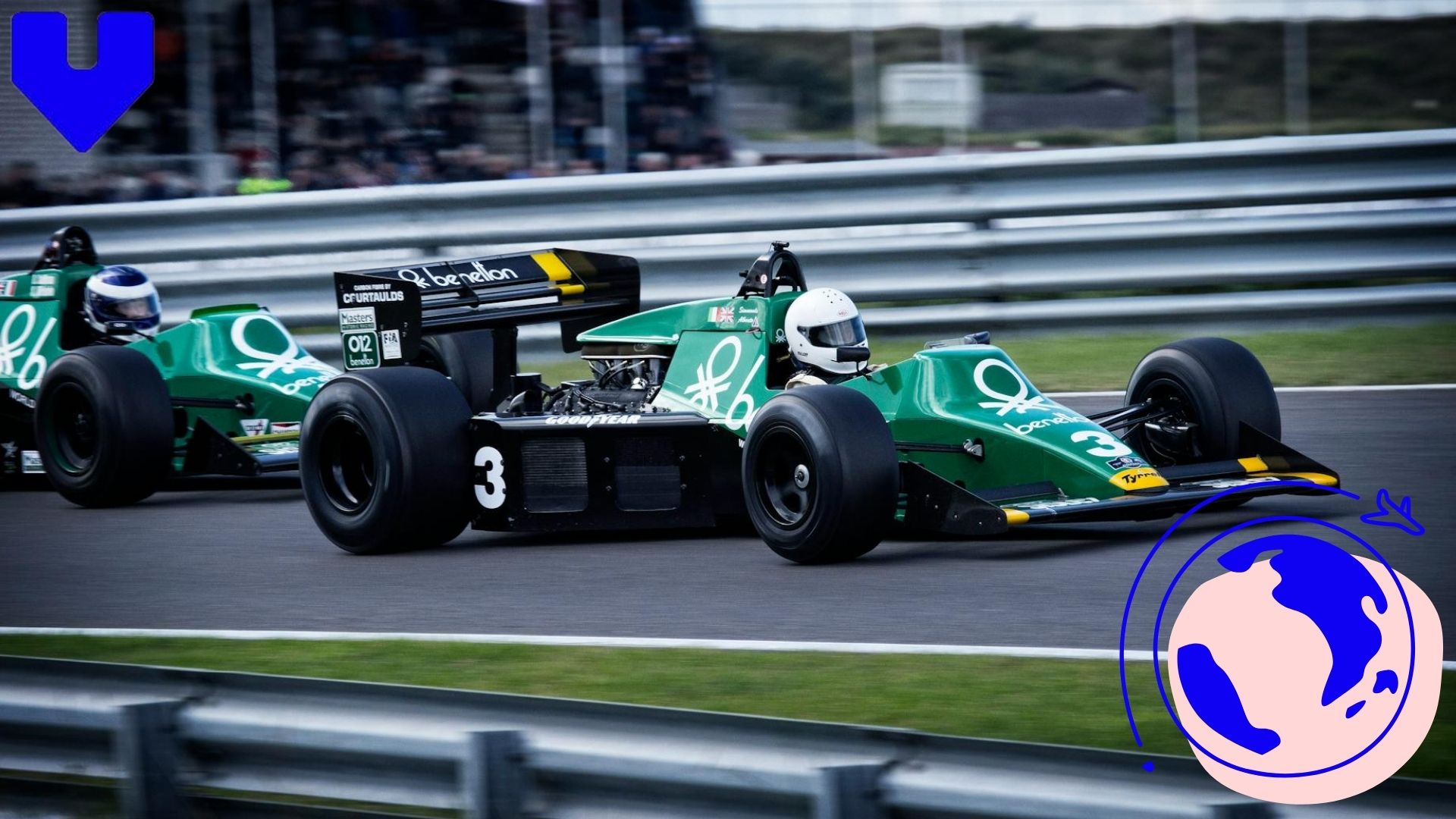Women’s Cricket World Cup 2025 – Complete Guide

Women’s cricket has never been as visible, competitive, or celebrated as it is today. The 2025 Women’s Cricket World Cup is more than just another global sporting event—it is a milestone. Jointly hosted by India and Sri Lanka, the tournament symbolizes how far women’s cricket has come and where it is headed. With fresh venues, expanded fan engagement, and stories that go beyond the scoreboard, this edition is set to be one of the most transformative in the history of the game.
The Bigger Picture of Women’s Cricket
To appreciate the weight of this tournament, we need to look at the rapid growth of women’s cricket in the past decade.
- Commercial Expansion: Broadcasting rights, sponsorships, and merchandise sales are now matching early stages of the men’s game.
- New Heroes: Names like Harmanpreet Kaur, Ellyse Perry, and Sophie Ecclestone have become household figures.
- Grassroots Programs: Countries like Bangladesh and Thailand are investing heavily in women’s academies, widening the competitive pool.
The 2025 World Cup will showcase not just cricketing excellence, but also the social and cultural momentum of women in sport.
Global Coverage, Local Rates
Experience hassle-free connectivity wherever you go.
Host Nations: India and Sri Lanka’s Shared Stage
This is the first time Sri Lanka will co-host a Women’s World Cup, and for India, it’s a proud fourth opportunity. The decision was deliberate:
- India brings massive stadiums, unmatched fan culture, and global media reach.
- Sri Lanka provides the neutral ground needed for politically sensitive fixtures while also shining a light on its cricketing legacy.
Together, they promise a blend of high-energy atmospheres, subcontinental pitch conditions, and logistical innovation.
Tournament Dates and Duration
The championship unfolds between 30 September and 2 November 2025, spanning just over a month. This compact window ensures intensity: matches will be frequent, players will have limited recovery time, and momentum will play a crucial role. Unlike elongated tours, this format thrives on urgency—every match matters, and fans remain hooked throughout.
Venues and Their Significance
The choice of stadiums reveals the organizers’ dual goals: tradition and expansion.
In India:
- Indore (Holkar Stadium): Hosting Women’s World Cup matches for the very first time. This symbolizes cricket’s push into central India, where fan following is passionate but opportunities for global fixtures have been rare.
- Visakhapatnam (ACA-VDCA Stadium): Known for its coastal climate and lively crowds.
- Guwahati (Assam Cricket Association Stadium): Represents the northeast, a region underrepresented in past ICC events.
- Bengaluru (M. Chinnaswamy Stadium or alternate): Initially chosen for key matches, but venue adjustments highlight how safety and infrastructure are constantly re-evaluated.
In Sri Lanka:
- R. Premadasa Stadium, Colombo: The centerpiece for neutral fixtures, especially those involving Pakistan.
- Colombo Cricket Club Ground: Historic, smaller, but perfect for warm-ups that immerse players in the host culture.
Each venue is not just a ground—it is a storytelling platform. Fans in Indore or Guwahati, who rarely see global women’s fixtures, will witness history live.
Your Journey, Our eSIM
Stay online abroad with instant activation.
Format and Structure
The eight-team round-robin format means:
- Every team plays against all others once.
- Consistency is as valuable as brilliance.
- One poor run can derail qualification hopes.
The top four qualify for semi-finals. Unlike formats with “groups within groups,” this model ensures fairness: every team faces the same opponents.
Qualified Teams and Their Journeys
1. Australia – The Benchmark
No World Cup is complete without the dominant Australians. With multiple titles under their belt, they enter as both the benchmark and the team others love to challenge.
2. England – Tradition Meets Transition
England remains one of the sport’s traditional powerhouses. Their focus will be on blending experienced performers with younger stars to regain supremacy.
3. India – The Emotional Favourite
As hosts, India carries not just expectation but also an emotional connection with millions. For players, this World Cup is personal—it’s about inspiring the next generation of Indian girls to pick up a bat or ball.
4. New Zealand – Dark Horses with Spark
New Zealand women’s cricket has always punched above its resources. They might not have the depth of Australia or India, but on their day, they can beat anyone.
5. South Africa – Rising Contenders
South Africa’s women’s side has grown steadily, striking a balance between flair and discipline. They’re no longer outsiders—they’re genuine contenders.
6. Sri Lanka – Co-Hosts with Passion
For Sri Lanka, the tournament is a chance to showcase not just hospitality but competitive grit. Their women’s cricket has matured, and home advantage could be decisive.
7. Bangladesh – The Fighters
Bangladesh earned its place through the qualifiers. Their hallmark is resilience: never count them out, even against giants.
8. Pakistan – Navigating the Neutral Ground
Pakistan’s journey is unique. Playing all their matches in Colombo, away from both India and home, they must adapt psychologically as well as tactically.
Stay Connected Throughout the Tournament
Never miss a match with seamless data coverage in India and Sri Lanka.
Key Storylines to Watch
- India vs Pakistan in Colombo: Even outside Indian soil, this rivalry is magnetic.
- Australia’s Title Defense: Can they maintain their dominance under subcontinental conditions?
- Emerging Players: Will the next teenage sensation redefine the tournament narrative?
- Neutral Venues: How will Pakistan’s exclusive use of Colombo impact crowd dynamics?
Fan Culture and the Subcontinental Edge
Few places rival the noise, colour, and chaos of cricket in South Asia. Expect:
- Packed stands in India, with drums, flags, and face paint.
- A more intimate, close-to-the-action vibe in Sri Lanka.
- Social media buzz like never before—clips, memes, and reels spreading globally within minutes.
The World Cup will be as much about fan storytelling as it is about runs and wickets.
Why 2025 is a Turning Point
- First Joint Hosting: A symbolic partnership between neighbours.
- Neutral Venue Innovation: A model that might guide future politically sensitive tournaments.
- Market Expansion: Cricket boards are eyeing merchandising, mobile streaming, and women’s cricket academies as revenue streams.
This World Cup is not just about crowning champions—it’s about shaping the next decade of women’s cricket.
Catch Every Moment of the Women’s Cricket World Cup
Get reliable mobile data during the tournament for match updates and streaming.
FAQs
When is the Women’s Cricket World Cup 2025?
It takes place from 30 September to 2 November 2025.
Where will the Women’s Cricket World Cup 2025 be held?
It will be jointly hosted by India and Sri Lanka.
Why are Pakistan’s matches in Colombo?
Due to political sensitivities, Pakistan will play all their fixtures at a neutral venue in Sri Lanka.
How many teams are playing?
Eight: Australia, England, India, New Zealand, South Africa, Sri Lanka, Bangladesh, and Pakistan.
What is the tournament format?
A round-robin group stage, followed by semi-finals and a final.
Conclusion: A Festival, Not Just a Tournament
The 2025 Women’s Cricket World Cup is far more than a series of matches. It’s a celebration of progress, resilience, and ambition. India and Sri Lanka will not only showcase cricket but also the spirit of women who dream, fight, and achieve. For fans, this is not just an event to follow—it is history being written
Follow the Action, Anytime, Anywhere
Stream matches live, stay updated with real-time scores using your Voye Global eSIM.












